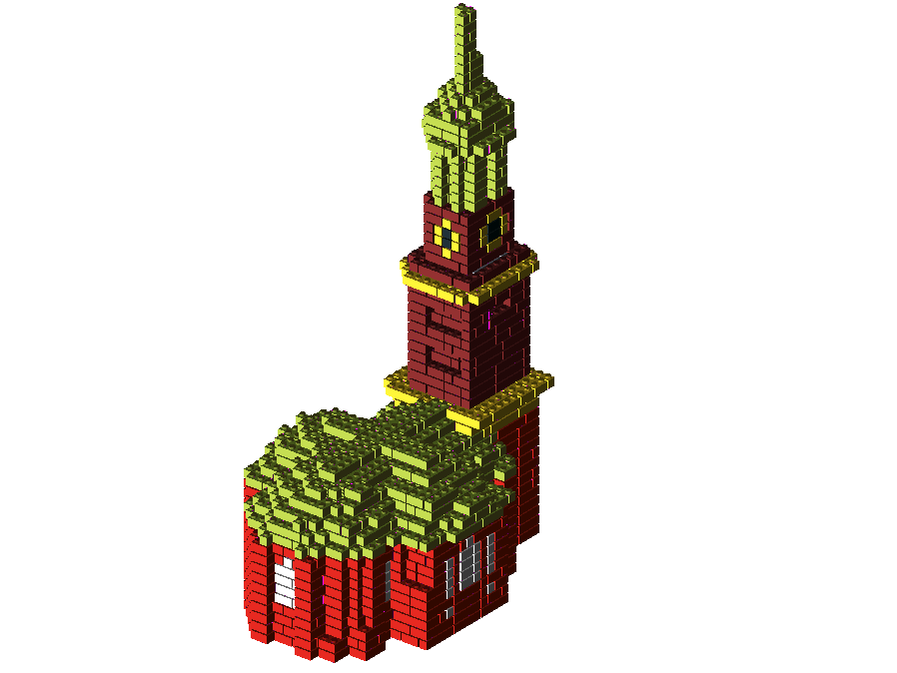|
...... Unfortunately, not much!
While it is great fun to build this complex piece of art, it remains being a set of 7.541 centrally produced, petroleum-based pieces of plastic for one-time use. Don’t get me wrong – I love LEGO bricks. And I am not opposed to fun either. For as long as I can think back, I have been building houses, that turned into castles, that became ships that evolved into spaceships, that ultimately became something I have never dreamt of when I started. And this is what made the business of Danish LEGO founder Ole Kirk Christiansen so ingenious: To create colorful, standard building blocks that could turn into anything - any number of times. And it turned his carpenter shop into a US$ 2B business. With more than 400 BILLION LEGO pieces sitting in homes around the globe (https://bricksfans.com/lego-facts/). Making LEGO the largest toy company in the world. Many of you know, that I embarked on a journey to establish distributed end user manufacturing a while ago. Based on the promises 3D printing holds for custom-tailored products that can be electronically shared and instantly produced with local resources anywhere on this planet. So why does this LEGO thing matter to me? Apart from the personal reasons mentioned above, we are looking at the same pattern: A large number of available resources (LEGO bricks or 3D printers) eagerly waiting for plans to instantly turn new ideas into reality. And the number of plans (i.e. 3D models) is skyrocketing. The number of STL models used for 3D printing is at an all-time high. Over 91M Minecraft players are creating new 3D models day and night. With the imminent Minecraft Earth release Microsoft aims at nothing short of turning their $2.5B Mojang acquisition into a detailed and personal 3D model of the world. Something that Google started doing with their Google Earth project some years ago. Add to this the huge number of 3D assets created by game studios, the movie industry and VR/AR, the total number of 112 sets LEGO has released in 2019 is a rounding error. When we looked at this a while ago, we decided to reduce money spent and carbon footprint by giving the world something that allows it to leverage the 400 Billion LEGO bricks it already has. And to source the missing pieces (should there be some) by automatically creating shopping carts for regional resellers of (new and used) LEGO bricks. Using the vastly growing number of 3D models that are out there. So, we created brickplicator.com that enables anyone on this planet to take any 3D model and turn it into building plans for their standard LEGO bricks. Feel free to check it out, if you find a 3D model of something that you always wanted to build with your LEGO bricks in your Google search results. If you don’t know what a 3D model is, send a picture of your favorite piece of art, record cover, pet, or yourself to mosaic@brickplicator.com and you’ll get the idea. You might become a spaceship one day.
0 Comments
|
Authorxplicator ArchivesCategories
All
|


 RSS Feed
RSS Feed